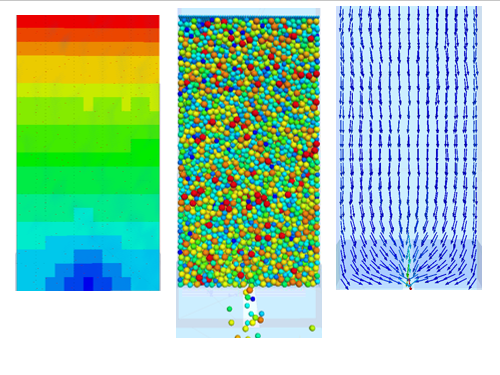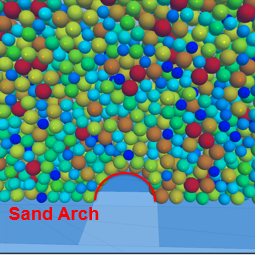Sand production is a phenomenon that occurs during the development of oil or natural gas in the petroleum industry. Sand particles in unconsolidated and weakly consolidated formations move from the reservoir into the well along with the oil or natural gas flow, which is commonly known as “sand production”. It is estimated that 70% of the world’s total oil and gas reservoirs are prone to sand production. Sand production may cause many problems including bore well failure, damage to safety valves, lifting equipment, surface equipment and pipes. Accurate prediction of sand production and destabilization of perforation cavities will be very helpful in selecting the maximum drawdown without sand control, perforation cleaning schemes and optimum well-completion methods. Therefore, a series of consequences arisen by sand production during oil or natural gas exploitation could be easier to avoid.
Numerical prediction of sand production is economic and efficient, compared to laboratory experiments. However, numerical simulation may obtain inaccurate or unrealistic results. It is necessary and important to validate sand production numerical model by field data, laboratory experiments and theoretical modelling, in order to ensure a realistic and consistent approach to sand production numerical prediction, which is the main object of this study.


